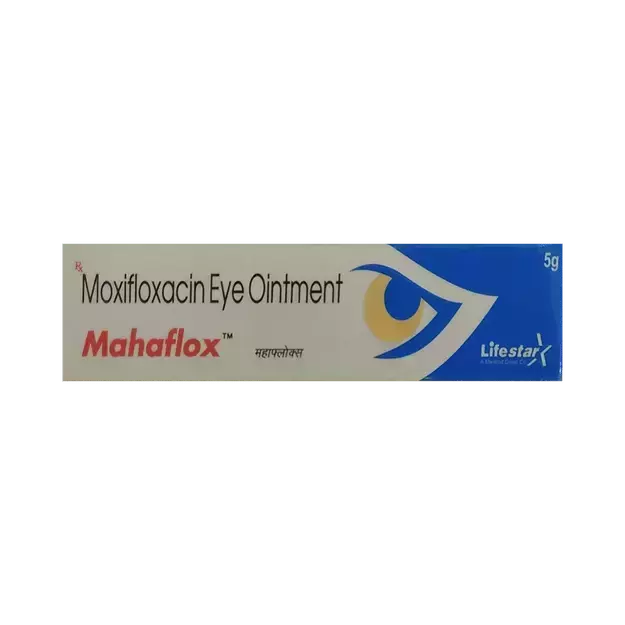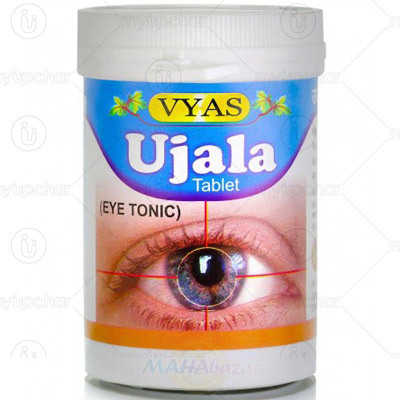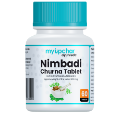Poly C Eye Ointment is a commercial drug that is prescribed in the form of Ointment. The alternative uses of Poly C Eye Ointment have also been explained below.
The correct dosage of Poly C Eye Ointment depends on the patient's age, gender, and medical history. Individual symptoms and route of administration also determines the right dosage. For detailed information on this, read through the dosage section.
Apart from the aforementioned side effects, Poly C Eye Ointment can also lead to other problems, which have been listed below. Such side effects of Poly C Eye Ointment normally do not last long and go away once the treatment is completed. Consult your doctor if these side effects become worse or stay for a longer duration.
Poly C Eye Ointment's effect during pregnancy is Severe and Severe while nursing. Warnings related to Poly C Eye Ointment's effects on the liver, heart and kidney, if any, have been listed below.
Poly C Eye Ointment is contraindicated in people with pre-existing medical conditions like Kidney Disease, Kidney Disease, Liver Disease as it can result in adverse effects. Other contraindications of Poly C Eye Ointment have been discussed in the sections ahead.
Besides this, Poly C Eye Ointment may also have severe interaction with some medicines. Refer to the list below for further details.
In addition to the above precautions for Poly C Eye Ointment, it is important to know that it is safe while driving, and is habit-forming.
X













